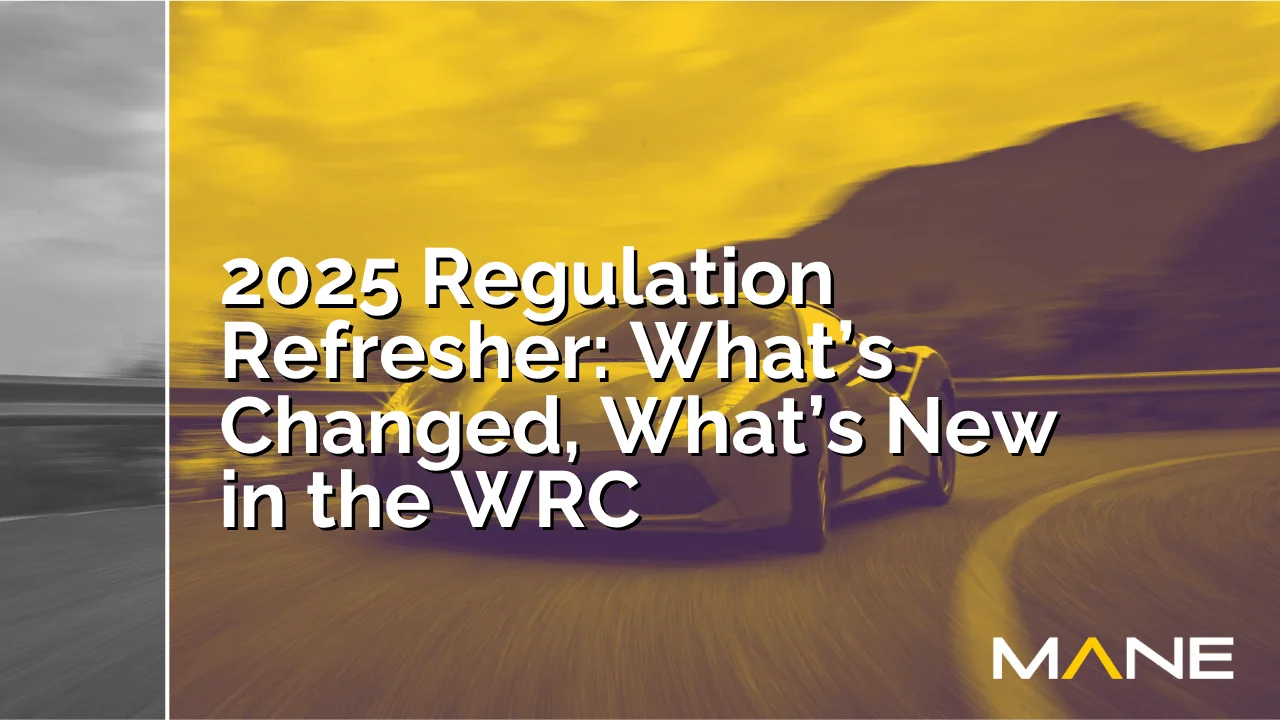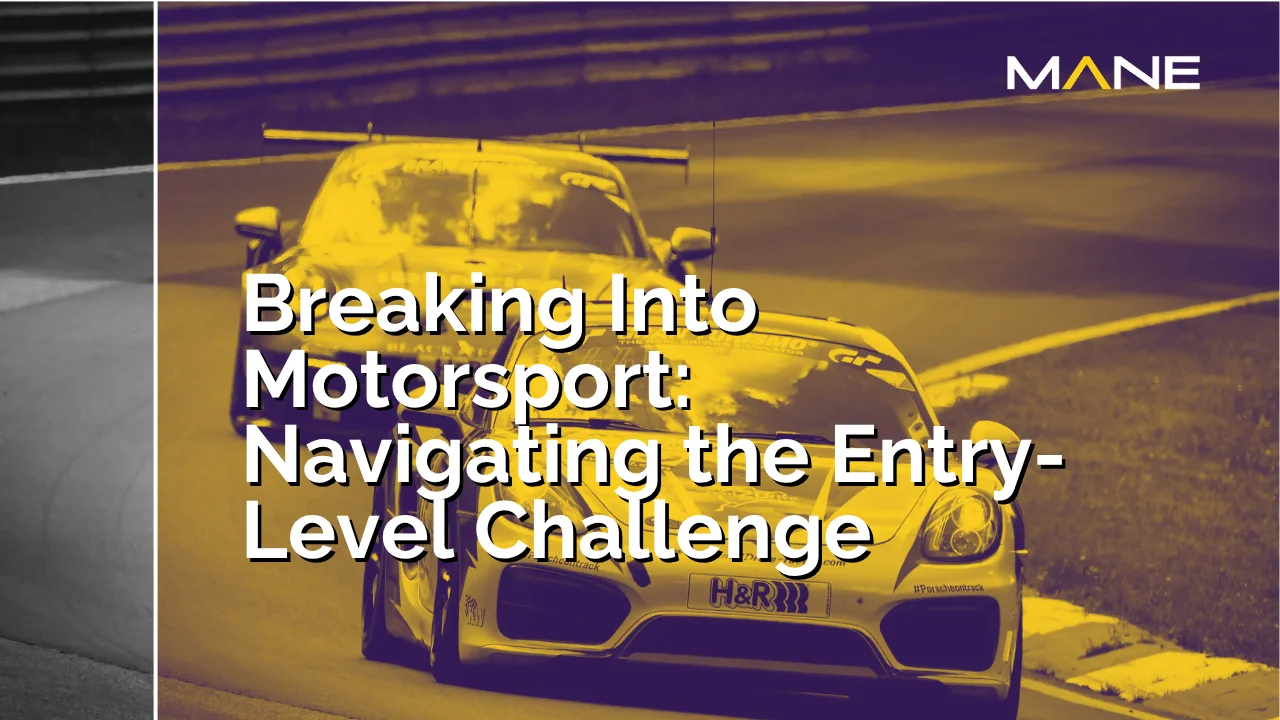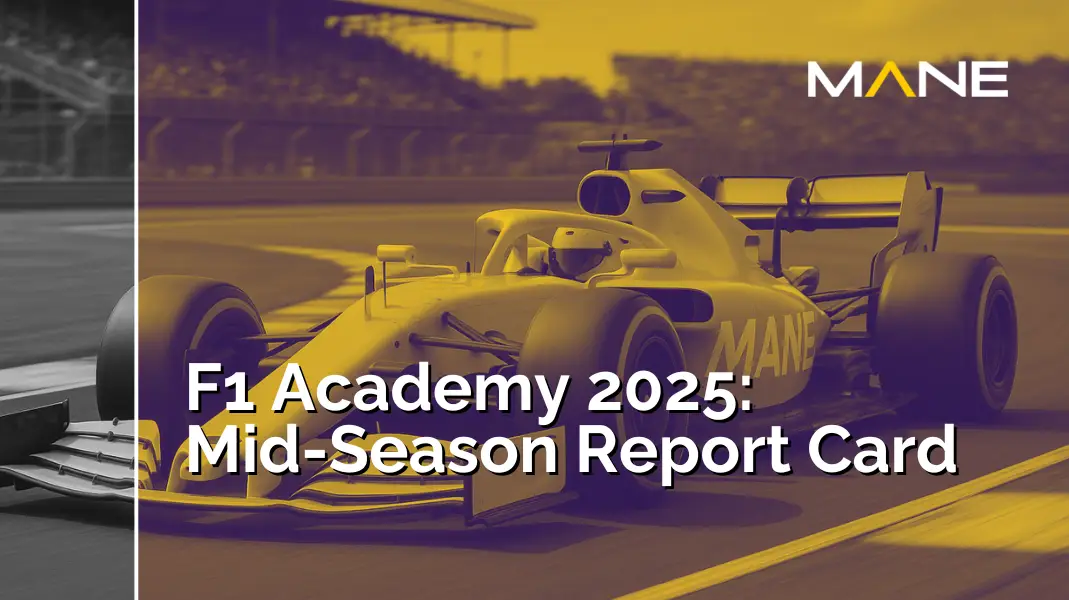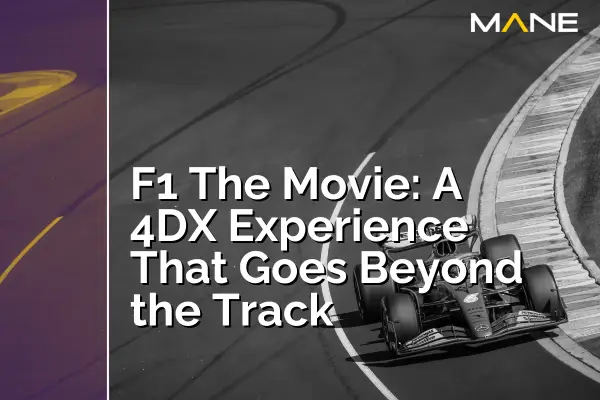2025 Regulation Refresher: What’s Changed, What’s New in the WRC
27 Oct, 20254 minsAs we enter the final quarter of the 2025 season, the WRC's regulatory framework has already...

As we enter the final quarter of the 2025 season, the WRC's regulatory framework has already demonstrated its transformative impact on rally racing. These comprehensive changes, spanning technical specifications, scoring systems, and competition structure, have fundamentally reshaped how teams and drivers approach the championship. The implementation reflects the WRC's successful balance of sustainability, competitive equilibrium, and spectator engagement while maintaining the high-octane drama that has defined rally racing for decades.
The season's most significant shift has been the simplified powertrains, with Rally1 cars now running exclusively on 1.6-litre turbocharged internal combustion engines powered by sustainable fuel. This transition away from hybrid systems has proven to be a strategic success, effectively reducing complexity while maintaining the sport's environmental commitments. The partnership with Hankook as the exclusive tire supplier has reshaped competitive dynamics across all WRC categories.
Technical Evolution: Power, Performance, and Parity
The elimination of hybrid systems from Rally1 cars has marked a significant technical watershed throughout the 2025 season. This change, accompanied by carefully calibrated adjustments to weight regulations and intake parameters, has successfully maintained performance parity despite the powertrain simplification. The implementation of 100% fossil-free fuel, supplied by championship partner P1 Fuels, continues to underscore the WRC's commitment to environmental sustainability without compromising the spectacular performance fans expect.
Teams have been working intensively during the off-season to optimise their vehicles around the new technical framework. The removal of hybrid components has necessitated comprehensive redesigns of weight distribution and cooling systems, while engineers have focused on extracting maximum efficiency from the refined powertrain configuration. These modifications have resulted in cars that are not only more environmentally conscious but also more reliable and easier to maintain during the demanding rally stages.
Hankook's Game-Changing Tire Partnership
The partnership with Hankook as the WRC's exclusive tire supplier has proven transformative throughout 2025. The South Korean manufacturer's cutting-edge tire technology across all surfaces, including the Ventus Z215 for dry and damp asphalt, Ventus Z210 for wet conditions, and the Dynapro R213 for gravel stages, has delivered consistent performance. This comprehensive range, including specialised options like the Winter i*cept SR20 for Rallye Monte-Carlo, has demonstrated enhanced reliability across the season's varied conditions.
Twenty-one months into the transition from Pirelli to Hankook, teams have successfully adapted to the new tire characteristics and performance windows. The different wear patterns and grip levels have led to refined tactical approaches, with drivers having mastered new techniques to maximise the rubber's potential across various conditions.
Competition Format and Scoring Revisions
The 2025 season introduces a streamlined points system that emphasises rally victories while maintaining opportunities for dramatic comebacks. The simplified structure awards points to the top 10 finishers (25-17-15-12-10-8-6-4-2-1), eliminating the previous Saturday position points but retaining the Super Sunday and Wolf Power Stage bonus opportunities. This revision aims to create clearer championship narratives while preserving the excitement of final-day competition.
The introduction of Remote Service Zones (RSZ) adds another strategic dimension to rally weekends. These 20-minute service windows, conducted away from the main service park with limited resources and personnel, will test teams' resourcefulness and planning capabilities. The new rule allowing team-mates to assist each other between stages also introduces interesting tactical possibilities for manufacturer teams.
Looking Ahead: Innovation and Growth
With three months remaining in the 2025 season, teams are already fine-tuning their approaches for 2026's challenges. The upcoming 14-round calendar, featuring new venues like Saudi Arabia and returning classics like Rally Estonia, demonstrates the championship's continued global expansion. The successful adaptation to these technical and sporting changes has reinforced the WRC's position as the pinnacle of rally competition.
The future outlook appears promising, with manufacturers already exploring further technological advancements within the new regulatory framework. The simplified powertrain rules have created opportunities for teams to focus on other areas of vehicle development, potentially leading to innovations in aerodynamics, suspension systems, and data analytics.
For talent acquisition and recruitment within teams, these changes necessitate new specialisations and expertise. Technical directors are particularly focused on hiring trends that favour engineers with experience in sustainable fuel systems and advanced tire management. The evolving regulatory landscape has created fresh opportunities for professionals in motorsport, with teams actively seeking specialists who can optimise performance within the new technical parameters.
As the 2025 season approaches its conclusion, teams and drivers have thoroughly mastered these comprehensive changes, setting the stage for an even more competitive 2026 campaign. The successful implementation of these regulations continues to influence developments in rally racing and beyond, cementing the WRC's role as a pioneer in sustainable, high-performance motorsport.
The impact of these regulatory changes extends beyond the competitive arena into the commercial sphere, with sponsorship and partnership structures evolving to align with the WRC's new direction. Several major brands have already announced enhanced involvement for 2025, attracted by the championship's strengthened environmental credentials. The sustainable fuel mandate has particularly resonated with eco-conscious sponsors, leading to a 15% increase in commercial partnerships compared to the previous season. This commercial growth provides teams with additional resources to optimise their operations under the new framework.



